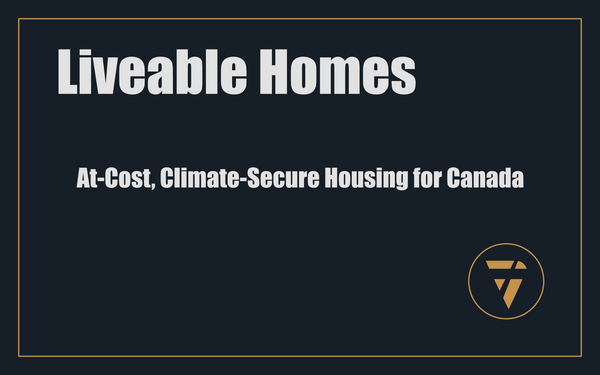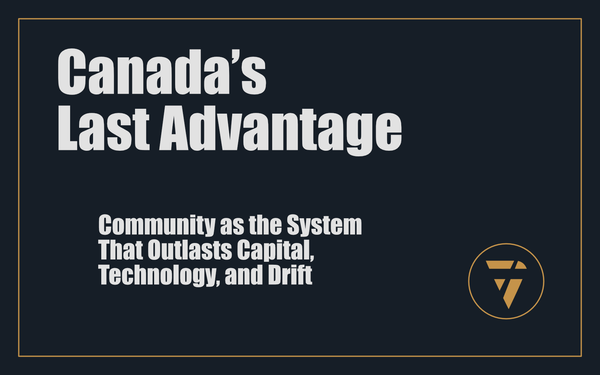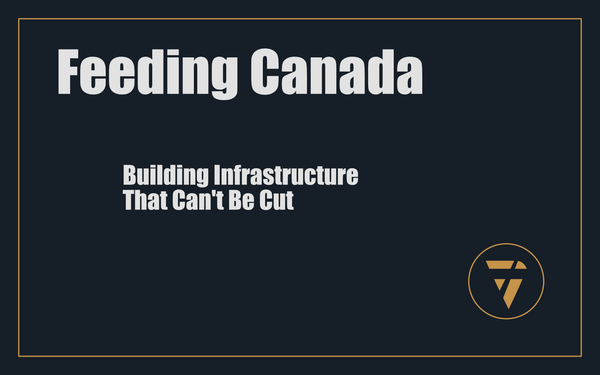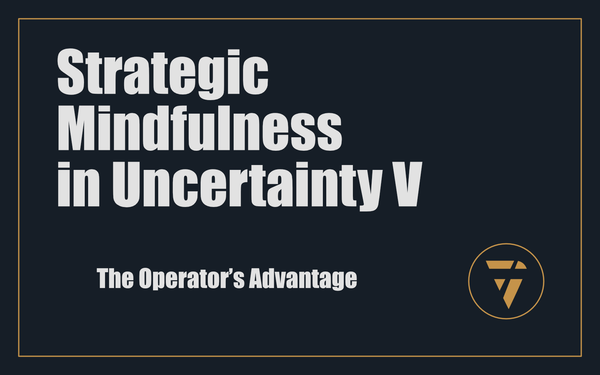Housing Policy
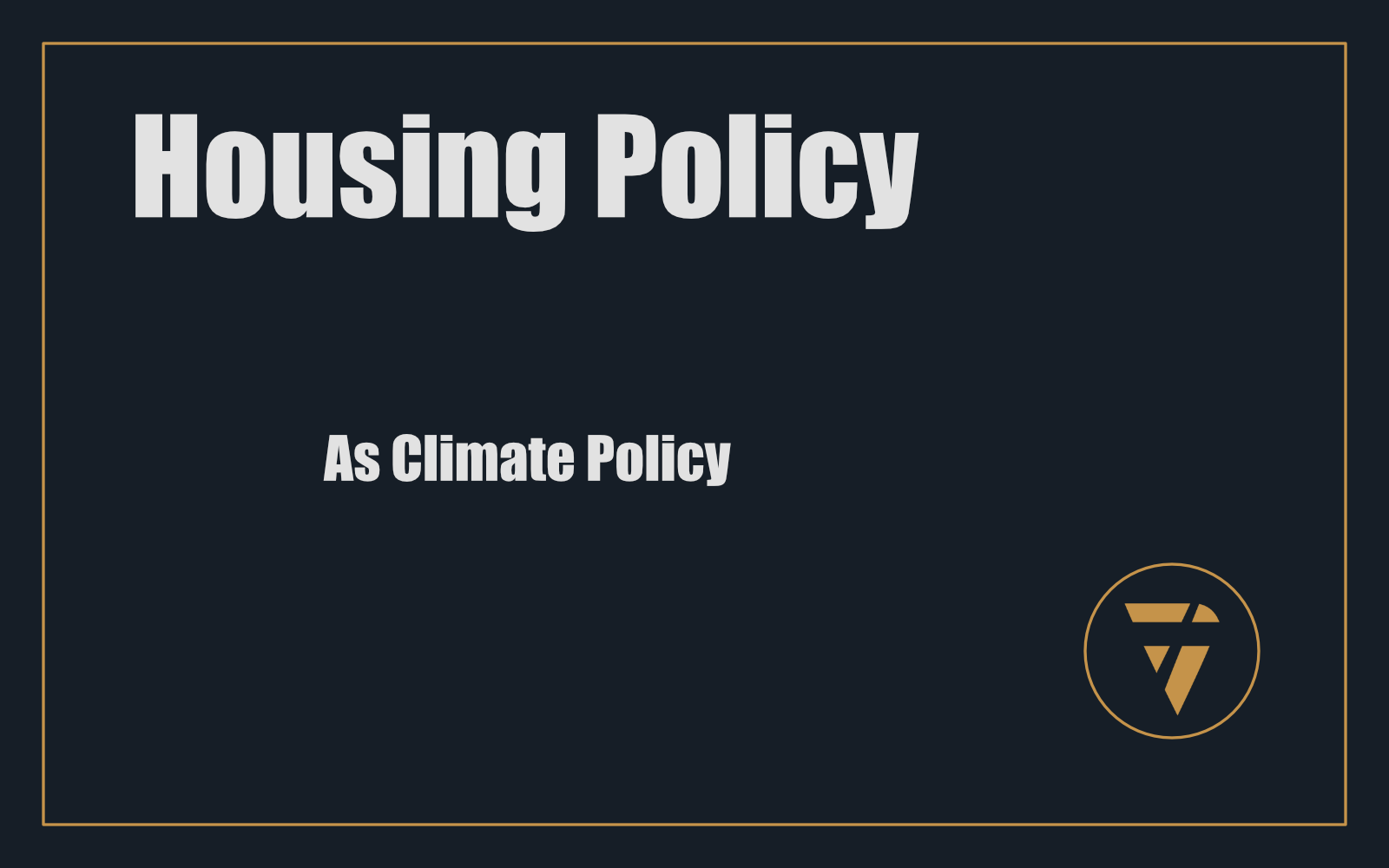
As Climate Policy
Housing isn’t just bricks and mortar—it’s a frontline climate policy. But laws, zoning, and incentives still treat it as a bottom-line commodity. Meanwhile, the structures we consent to build—or allow to remain—are killing people, locking in risk, and costing more than we’re willing to pay. If housing policy ignores climate risk, survival depends on luck. It’s time we rewrote the rules.
1. Zoning Codes That Prevent Resilience
- Traditional zoning separates living, working, shopping—making communities auto-dependent and heat-islands intensified.
- Progressive cities are shifting to form-based codes, enabling density, mixed-use, and walkability—key ingredients in climate-resilient towns.
Yet in most Canadian towns, zoning still mandates sprawl, discourages shade trees, ignores passive solar orientation, and forbids rooftop solutions. It actively prevents building resilience.
2. Building Codes Set for Cheap, Not Safe
- Codes are designed to minimise costs and liability—not protect lives during climate stress.
- Passive survivability—envelope airtightness, thermal mass, independent energy—is entirely absent from most regulations.
- We accept housing that fails the most basic test: surviving extended heat or power grid collapse.
3. Subsidies That Subsidize Failure
Subsidies go to profit-driven developers, not resilient envelope performance. They reward square footage, not survivability.
There's nowhere for developers to invest in resilience and get rewarded—so they don’t. We build what code allows, not what climate demands.
4. Cooling Mandates: Policy Starting to Catch Up
- Some cities are demanding rental cooling; others consider indoor temperature caps.
- Lack of federal policy means millions remain vulnerable—without cooling laws, tenants die.
- UK Parliament and Chatham House policies on climate risk call for integrated adaptation—but seldom tie housing policy to health outcomes.
5. Comparative Policies Worth Adopting
- UK: Environmental Audit Committee recommends that buildings be assessed for climate risk, including overheating .
- New York City’s Local Law 97: Retrofits large buildings for carbon performance—an example of existing stock adaptation via regulation.
- Boston Green New Deal: Uses climate zoning, PACE financing, and retrofit grants in public housing.
6. Policy Recommendations: Align Housing & Climate
- Zoning Reform: Enforce form-based zoning, solar orientation, shade trees, rooftop irrigation, mixed-use density.
- Code Upgrades: Mandate passive survivability standards—envelope performance, shading, energy autonomy.
- Subsidy Redesign: Redirect incentives toward real resilience—envelope upgrades, microgrids, water/food buffers.
- Renter Protections: Codify “right to cooling,” and financial support for landlords/tenants to install efficient systems.
- Retrofit Mandates: Maintain or sell property only if envelope upgrades meet climate-ready benchmarks.
- Local Incentives: Use green municipal bonds or PACE funding to subsidise retrofits and shared infrastructure.
7. Enforcing Climate Through Housing Regulation
Without real performance metrics, regulations mean little. We need:
- Mandatory Cooling Compliance during heatwaves
- Temperature data monitoring in rentals
- Penalties for non-compliant landlords
- Building value tied to resilience performance, not just curb appeal.
8. The Political Will—Rewired
Policy alignment starts with acknowledging housing as climate infrastructure. We build code to protect, not cost-cure. We install shade, not sales volume. We reward performance, not projection.
When survival becomes non-negotiable, housing becomes public policy.
9. A New Housing Compact
- Zoning: Build communities that work in climate, not against it.
- Codes: Require homes to survive, not exploit.
- Subsidies: Fund resilience, not risk.
- Rights: Guarantee climate security inside our walls.
- Retrofits: Adapt, don’t abandon.
- Enforcement: Measure, test, enforce.
Housing must do more than shelter. It must protect, adapt, and sustain.
Climate-proof housing isn’t optional. It's policy. Failure to adapt is policy too... but a policy of collapse.
This is what I’m working on. Tell me what you think, I enjoy the conversation! Subscribe and follow the work in real time.
Thanks!
B

Housing is climate policy.
But we zone for sprawl.
Code for cost.
Subsidise failure.
Ignore death.
Until the grid collapses.
The heat dome returns.
And the house you paid for can’t keep you alive.
PS -



